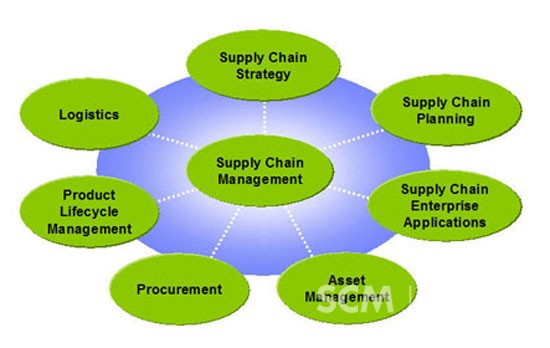Each link in the supply chain is prone to both natural and man-made threats. It is therefore essential for businesses to identify possible risks involved, and formulate strategies to survive the threat when it materialises.??When business domains expand across geographical boundaries and adopt just-in-time inventory to minimise storage costs, a slight disruption to the extended supply chain can cause major problems. The impact extends beyond first-level suppliers to their suppliers and so on, making it difficult to resolve issues in a timely fashion. Consequently, problems relating to product quality arise ultimately resulting in poor customer satisfaction.

Sourcing raw materials from low-cost suppliers abroad may not seem really beneficial, given the current economic trend where transportation and inventory costs are on the rise. Similarly, businesses also have problems in recovering from losses incurred due to natural calamities affecting the supplier.
Common Supply Chain Risks
Supply chains are commonly affected by:
• Market trends
• Supplier dissatisfaction
• Natural disasters
• Local conditions that include political scene, terrorist threats, war, etc.
• Lack of skilled labour
• Technology trends
• Legal cases
• Unplanned outages of power or telecommunications networks
• Compromised IT security
• Transport disruptions
• Compromised product quality
• Shop-floor problems
Supply Chain Risk Management (SCRM)
There are no real strategies to overcome natural disasters and local conditions, other than to avoid or shift base from the affected region temporarily. However, other threats to the supply chain can be identified by following set procedures:
1. Assess risks to supplier base
Identifying the suppliers essential to a company’s effectiveness and profit is important before formulating a supply chain risk plan. In addition, an evaluation of the potential risks to these companies should be made.
2. What are implications for company
Make an assessment of how the company will be affected if the risks identified in step 1 occur. Question whether the company will be able to survive.
3. Mitigation strategy
Formulate a recovery plan to lessen the effect of the identified risks. Create a list of alternative suppliers, assess cost to business during the crisis and take any steps necessary to ensure that the least disruption to customers and other stakeholders.
4. Conduct cost benefit analysis
Conduct a cost benefit analysis on the mitigation plan. It is important to know whether the plan will actually be worth it in terms of benefit to the company.
5. Delegate responsibility
It is essential that all those involved in the mitigation plan know their responsibilities, particularly alternative suppliers. They should be made aware before any crisis, what is to be expected of them.
Supply chain risk management should take into consideration the intended goals of the business. Preventative mechanisms which include continuous tracking of transportation schedules, should be interwoven into the overall business plans and goals. An organisational supply chain risk management plan is essential to the smooth operation of any company, large or small.
Alastair is a freelance writer who has supplied this piece for 2touch who are leading providers of fulfilment and warehousing solutions.

